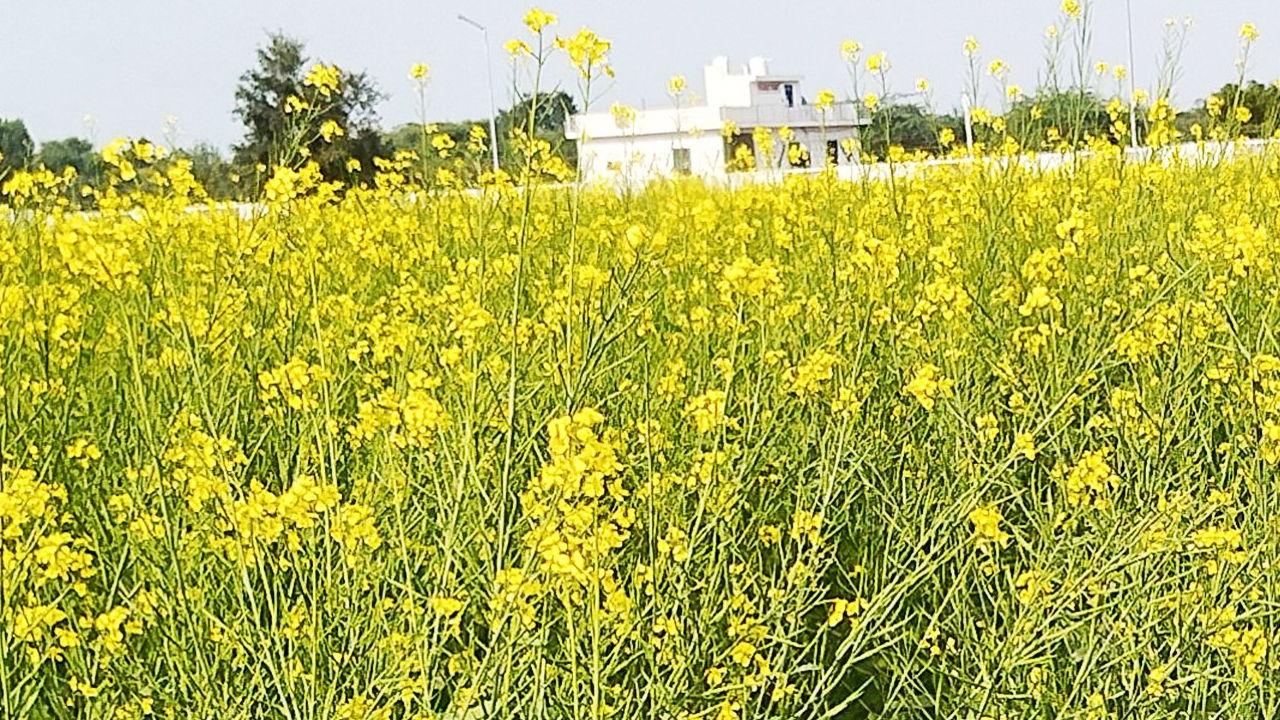
Bharatpur Mustard II is an innovative mustard variety developed by the ICAR-Directorate of Rapeseed-Mustard Research in Bharatpur. This variety has been specifically designed to thrive under late irrigated conditions, making it a valuable addition to mustard cultivation in several Indian states. With a maturity period of 123 days, Bharatpur Mustard II offers a solution for farmers seeking reliable performance in challenging agricultural environments.
Key Features
-
Yield Potential: Bharatpur Mustard II is known for its impressive average yield of 18.59 quintals per hectare. This high yield potential makes it a lucrative choice for farmers aiming to maximize their production and profitability.
-
Disease Resistance: One of the standout attributes of Bharatpur Mustard II is its strong resistance to common mustard diseases. It is particularly resistant to: (1) White Rust: A fungal disease that can significantly reduce yield and quality. (2) Alternaria Leaf Blight: A serious leaf disease that affects plant health and productivity. (3) Downy Mildew: A disease caused by a fungal pathogen that impacts plant growth. (4) Powdery Mildew: Another fungal issue that affects leaf and stem health.
-
Oil Content: The oil content of Bharatpur Mustard II stands at 37.8%, which is favorable for oil extraction. This high oil content enhances its value in both culinary and industrial applications.
-
Recommended Regions: Bharatpur Mustard II is well-suited for cultivation in the states of Rajasthan, Uttar Pradesh, Madhya Pradesh, Uttarakhand, and Bihar. Its adaptability to different soil and climatic conditions in these regions ensures that it can perform effectively and contribute to improved mustard production.
Agronomic Benefits
-
Late Irrigated Conditions: This variety is adapted for late irrigated conditions, making it a practical option for areas where irrigation may be delayed. Its resilience under such conditions helps ensure a stable and reliable yield.
-
Maturity Period: With a maturity period of 123 days, Bharatpur Mustard II offers a relatively short growing season, allowing farmers to plan their crop cycles efficiently and adapt to various farming schedules.
















